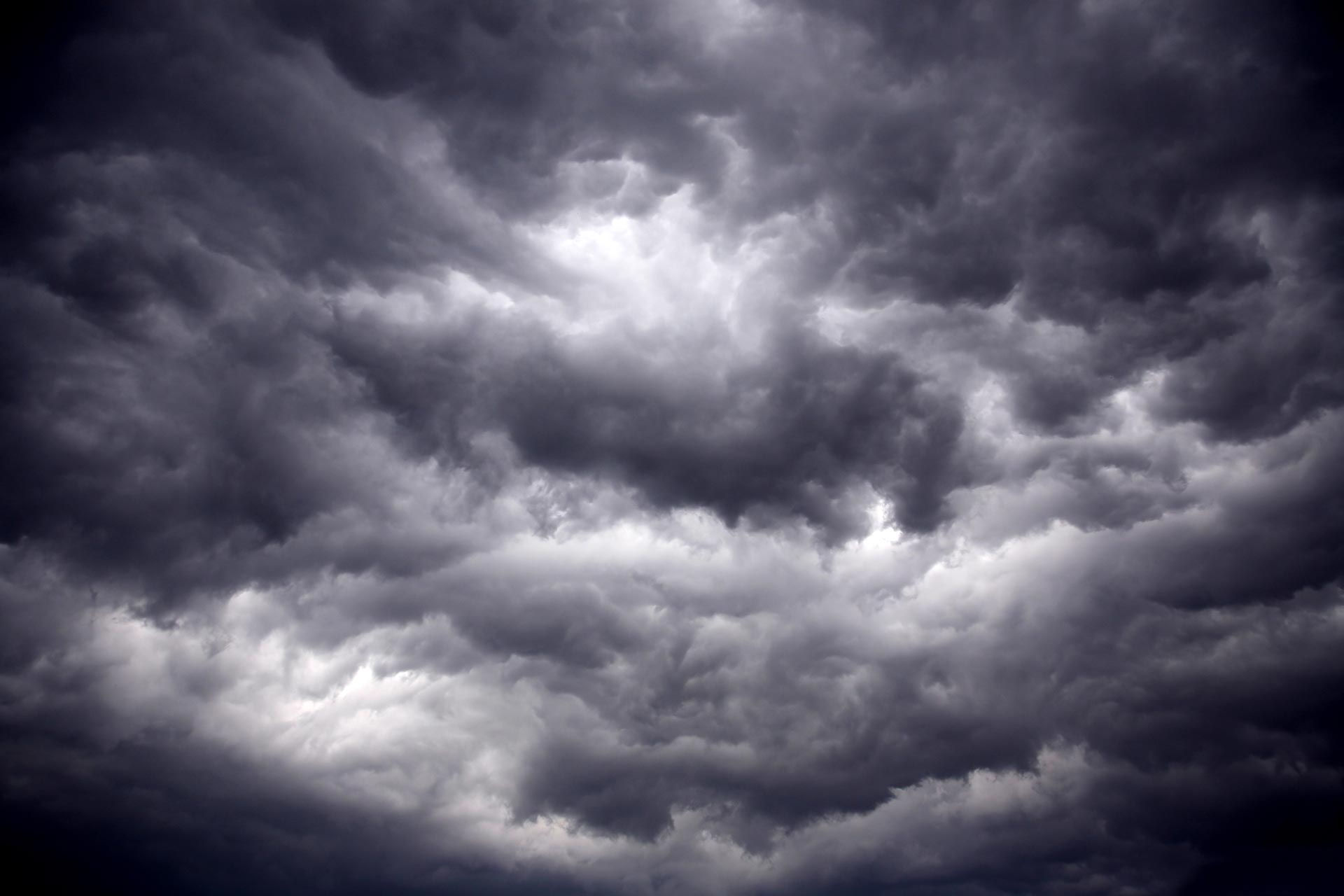A LOOK TOWARDS LATE AUTUMN AND WINTER
- terryswails1
- Sep 27
- 4 min read

Every season I dig into analogs to determine how things may shape up across the country for numerous reasons - trading energy like natural gas, insurance and energy stock trading and planning vacations for storm chasing. As we enter the autumn season and head towards winter let's take a bit of a deep dive on things.
Based on numerous parameters which I will get into, the years I am using for my analogs include 1985, 1996, 2001, 2008, 2013, 2016, 2021, 2022, and 2024. The period I am looking into is October through December.
Above you'll see surface temperature anomalies are relatively warm across the eastern and southern CONUS. The Southern Plains are quite spicy. Locally, Iowa and northern Illinois are on the fringe of above-normal temperatures just continuing the streak we have been in.

First and foremost the trend to La Nina is stronger than expected, with now 70 percent probabilities of reaching La Nina based on the latest forecasts. The peak La Nina will be during November and December, and could continue into January and February.

The range of modeling is carrying La Nina into a somewhat stronger phase, with the dynamic model average down to about -0.7°C. The modeling carries the La Nina through February with the trend towards neutral by spring of next year.

One of the more significant drivers, in my opinion, to the upcoming winter will be the incredibly warm waters of the Pacific Ocean. In this region, NOAA data indicated this is at a record-warm level with high-resolution satellite data dating to 1983. This warm water, I believe, will have a tendency to increase the ridging over the central Pacific Ocean leading to stronger troughing over the western CONUS. This could, in theory, position the Midwest and Great Lakes region in the path of stronger-ejecting jet streaks. This could in theory elevate storm chances and higher precipitation.

Based on the current state of the ocean temperatures the closest analogs are 2013, 2016,2021, 2022 and 2024. The years 2016 and 2022 in particular are pretty good and therefore I am double weighting them in my analog approach. You'll notice all of these are in the last decade - that's very much a factor of the warming Pacific Ocean.

The remarkable warmth in the Pacific Ocean has been trending higher and higher relative to the 1991-2020 climatological period. You can see in 2025 this is the warmest it has been. This does make selecting analogs somewhat challenging given how much the recency bias is critical to matching this absurd warmth in the sea surface temperatures.

Using the analog years I chose, you can see the anomaly map for the 500mb level indeed shows this stronger troughing signal over the Pacific Northwest, and that neutral zone is taking aim on the Midwest. This could become the storm track zone during late autumn and early winter.

Using the analog years, near-normal precipitation is anticipated for the Midwest and Great Lakes region with increased chances for the Northern Plains. So again, there might be a somewhat interesting storm track setting up from southern California to the Dakotas, and east to Wisconsin and Michigan.

The western-most basin of the Atlantic Ocean is also worth looking at as this is a significant course of moisture for potential severe weather episodes and winter storms. A warmer Gulf can evaporate more water, generating higher moisture levels. Analog years again are above, with 2016 and 2022 looking particularly good relative to September 2025.

In terms of the severe weather threat, here are how the analogs set up using tornado reports relative to the surrounding decade of the analog year. The darker red an area, the more the analogs are indicating higher tornado chances with darker blue being quieter in terms of tornadoes.

A major point worth noting - as we get into late season setups, major outlier events can cause some rather dramatic impacts to the analogs. Looking at a few of the analogs pulled out from the averaged map - 2021 stands out due to the December 2021 Derecho across Nebraska and Iowa, with 2024 standing out in Florida from Hurricane Milton. Also, 2013 stands out from the November outbreak across Illinois and Indiana.

So, in terms of areas I think are worth watching for elevated severe weather and tornado chances, I think Illinois and Indiana stand out and Louisiana through Alabama is one of the most pronounced areas. Other areas to note could be Oklahoma and California.
If you prefer a video discussion on this I uploaded a video over on YouTube! Check it out!

In the short term, dry and hot are the main stories headed into early October. Forecast highs will likely linger into the low/mid 80s for quite some time. Remarkable warmth. The latest 85° day for what it's worth is Oct. 31, 1950 when the high reached 85° in the Quad Cities.

I'll wrap up with what may be my favorite photo I have taken of a rocket launch in quite some time! I captured the NASA IMAP and the NOAA SWFO-L1launch last week as it passed through the sun! It's somewhat relevant to the launch of these satellites as they are all going to study space weather, or weather that comes from the sun! You can spot the dark spots on the sun that are sun spots. Also, if you look closely, you can see the shockwaves expanding from the rocket as the SpaceX Falcon 9 passes through the speed of sound.
-Meteorologist Nick Stewart













Comments